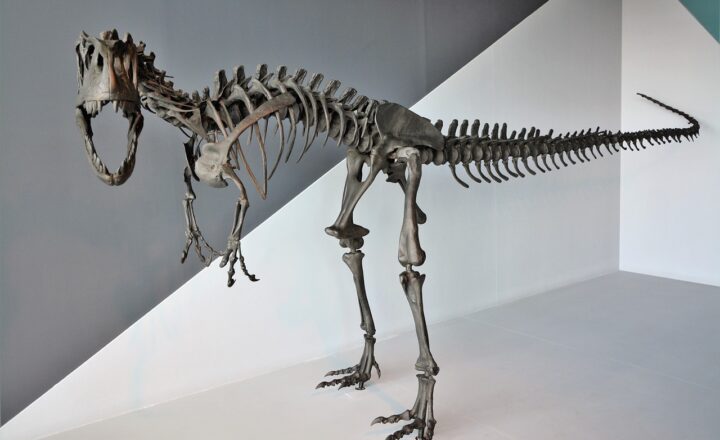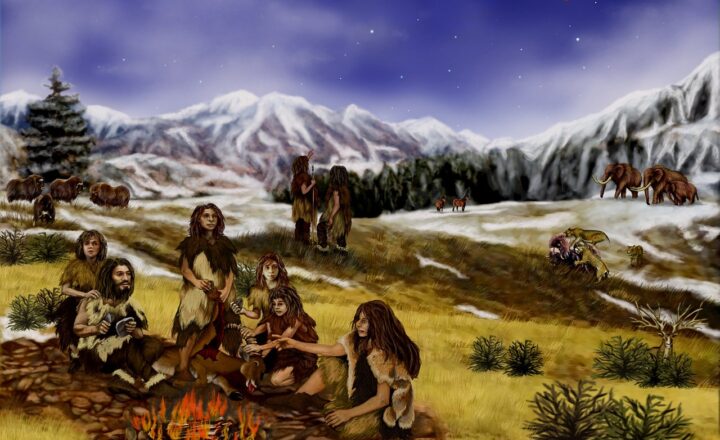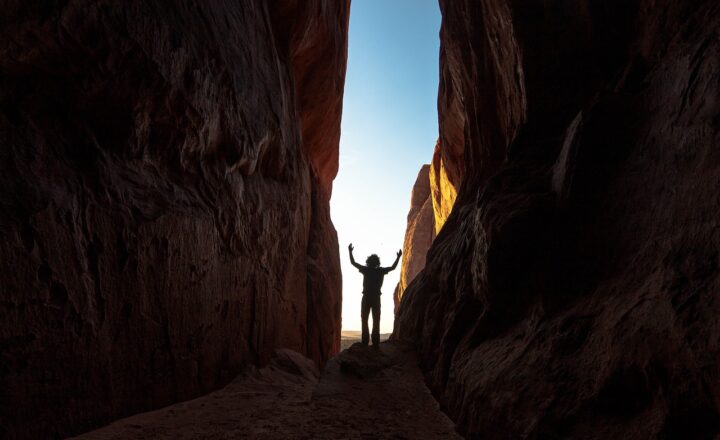The Fascinating World of Dinosaurs: Exploring Their Diverse Species and Habitats
November 14, 2024

Dinosaurs have captivated our imagination for over a century, with their gigantic proportions and mysterious extinction. These prehistoric creatures roamed the Earth for about 165 million years, dominating the landscape during the Mesozoic Era, which is divided into three periods: the Triassic, Jurassic, and Cretaceous. In this comprehensive exploration, we will delve into the astonishing diversity of dinosaur species, their habitats, and the latest scientific discoveries that reveal their lives long ago.
1. The Age of Dinosaurs: A Brief Overview
The reign of the dinosaurs began approximately 230 million years ago, during the Triassic Period. This era saw the first emergence of dinosaurs, characterized by an increase in biodiversity. The Jurassic Period followed, bringing about immense growth in size and variety among dinosaurs, as well as the emergence of iconic species like the Brachiosaurus and Allosaurus. Lastly, the Cretaceous Period, culminating around 65 million years ago, was marked by the appearance of some of the most well-known dinosaurs, including Tyrannosaurus rex and Velociraptor.
A key factor in dinosaur success was their adaptability to a wide range of environments. Fossils found across continents indicate they thrived in various ecosystems, from lush forests to arid deserts.
2. The Diversity of Dinosaur Species
Dinosaurs are broadly classified into two main groups based on their hip structures: Saurischia (lizard-hipped) and Ornithischia (bird-hipped). Each group includes a plethora of species, showcasing an incredible range of appearances and behaviors.
2.1 Saurischians
Saurischians can be further divided into Theropoda and Sauropodomorpha. Theropods were typically bipedal carnivores like the fierce Tyrannosaurus rex and the agile Velociraptor. Conversely, Sauropodomorphs were primarily herbivorous and included the colossal sauropods such as Brachiosaurus and Diplodocus, known for their long necks and tails that helped them reach high vegetation.
2.2 Ornithischians
Ornithischians were a highly diverse group characterized by their varied feeding strategies and adaptations. Examples include the armored Stegosaurus, the duck-billed hadrosaurs, and the horned Ceratopsians, such as Triceratops, which were likely social animals with complex behaviors.
Each of these species had developed unique adaptations to thrive in their environments, emphasizing the importance of evolution and natural selection.
3. Habitats of Dinosaurs: Where Did They Live?
Dinosaurs inhabited a broad range of ecosystems across the globe. Understanding these habitats provides insight into how these creatures thrived in different environments.
3.1 Forests
Many dinosaur fossils have been discovered in ancient forested areas, suggesting these lush, wooded environments were a significant habitat for herbivorous species. Dinosaurs like Brachiosaurus likely roamed in search of foliage, while theropods hunted in the underbrush.
3.2 Coastal Regions
Evidence suggests that some dinosaurs lived near ancient shorelines, where they could find ample food resources. Data from fossil records indicates the presence of marine reptiles like Plesiosaurs alongside dinosaurs, sharing the habitat.
3.3 Deserts and Arid Landscapes
Surprisingly, dinosaurs also adapted to arid environments. Fossils of dinosaurs like the unassuming Hypsilophodon have been found in desert regions, indicating their ability to survive in harsh conditions where food was scarce.
Some species evolved specific features such as camouflaging skin colors and behavioral adaptations that allowed them to withstand extreme temperatures.
4. The Evolutionary Significance of Dinosaurs
Dinosaurs played essential roles in their ecosystems, influencing the evolution of other species and shaping their habitats. Their existence marked significant ecological turnover, allowing mammals and birds to diversify after their extinction.
The extinction event at the end of the Cretaceous Period, likely caused by a combination of volcanic activity and a massive asteroid impact, paved the way for mammals to flourish and eventually evolve into the numerous species we see today, including humans.
4.1 The Legacy of Dinosaurs
The legacy of dinosaurs continues to intrigue scientists and the public alike. Fossil discoveries frequently challenge our understanding of their biology, behavior, and extinction. New technologies, such as CT scans and advanced imaging, offer deeper insights into their anatomy, influencing how we perceive these ancient giants.
Moreover, dinosaurs have transformed popular culture, inspiring literature, films, and countless exhibits in museums around the world. Their stories prompt imagination and can educate us about past life forms and their environmental interactions.
5. Conclusion: The Ongoing Fascination with Dinosaurs
The captivating world of dinosaurs is complex and vast, offering endless avenues for exploration. From their diverse species to their adaptations in various habitats, dinosaurs were remarkable creatures that thrived in challenging environments. While they may no longer roam our planet, their legacy lives on in the scientific discoveries and popular culture they inspire.
As research continues, every new fossil unearthed adds another layer to our understanding, revealing more about these extraordinary beings. Anyone fascinated by nature’s history will find value in studying dinosaurs, ensuring they remain a source of wonder for generations to come.







